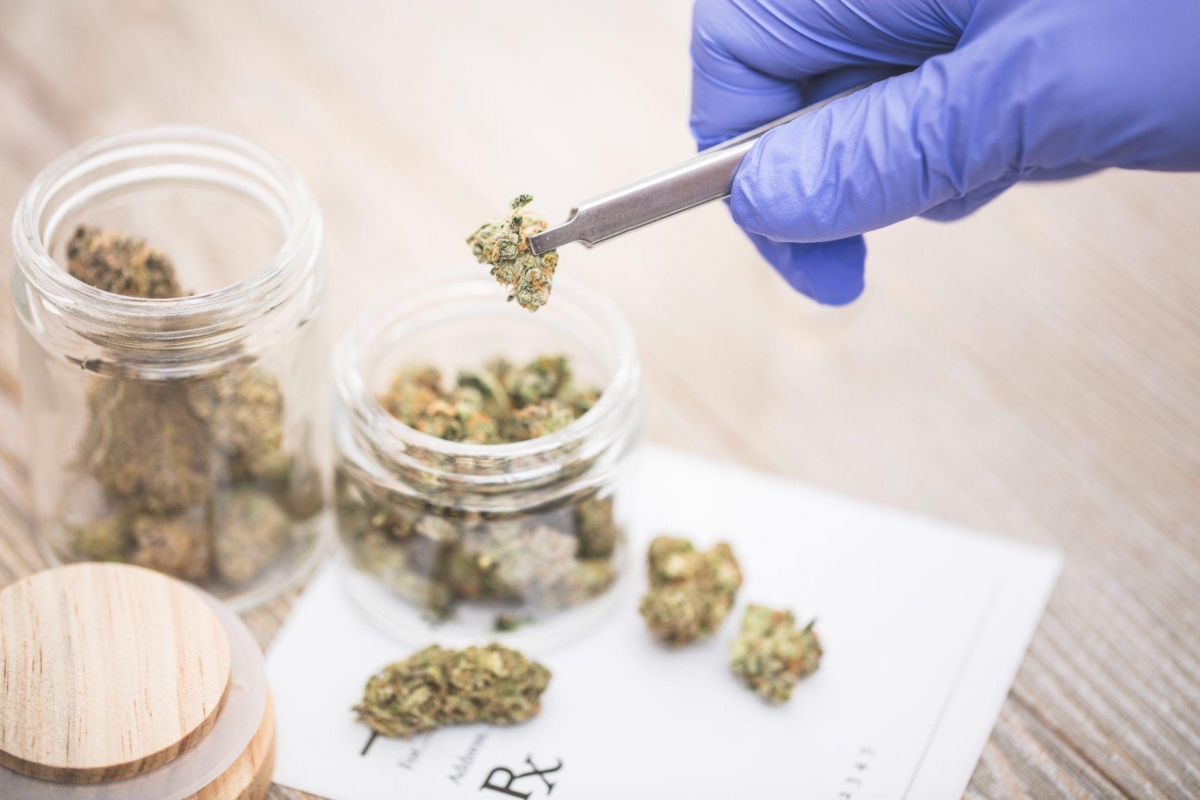Every day the world of cannabis grows for consumers and businesses alike, and that goes double for concentrates. At Denver Dispensary, we have been a part of aiding and watching the increased interest in high-THC products like wax, glass and shatter. As far as we have come in the past five years, there are still plenty of consumers out there who view concentrates as foreign. Sometimes, it can be helpful to go through a brief overview on this topic, not only to educate new people but also to see just how far we’ve come. Here’s our primer on the world of concentrates.
What Are Concentrates?
This is a question that gets thrown around a lot when terms start flying like budder or rosin. Cannabis users want to know what they are putting into their body, and that is especially true the farther you move away from the standard cannabis bud. Our blog has plenty of more in-depth posts covering how concentrates are made, but the basic idea is these products are a way of gathering the good stuff from cannabis flowers. Psychoactive compounds like THC, anti-inflammatories like CBD, and all of the flavor compounds (terpenes) can be extracted from mature flowers and concentrated down into different results. The various processes used to remove these compounds are why we have many different terms to describe the resulting concentrates.
How Do We Get Concentrates?
There are many chemical processes used to extract the compounds we want from cannabis. Various chemical solvents can be used to separate these compounds from plant matter, such as butane, which is used to make butane hash oil. There are also new solventless processes which are bringing a new breed of concentrates to the market, and other methods such as the use of water and ice to make water hash. As a new user of concentrates, there are two basic questions to ask that will get you most of the information you want. What cannabis was used to make this, and what was the process?
What Does The End Product Look Like?
The answers to those two simple questions are going to tell you a lot about your concentrate, and what it is going to look like. Concentrates can be hard like glass or candy, softer like butter, or more liquid like honey or hash oil. There is a full spectrum of concentrates in terms of color, and viscosity from solid to liquid. There is also a full spectrum in terms of the composition, including THC amounts and terpene profiles.
How Do I Use Concentrates?
The type of concentrate in question is going to tell you a lot about how it can be consumed. The two main methods are dabbing and vaporizing. Dabbing, or ‘dabs’, refers to inhaling concentrate that has been heated on a rig. This is analogous to the use of a water rig for cannabis flowers. A common setup will involve a heated element such as a titanium nail, and a dabber to apply the concentrate, which is then filtered through water and inhaled as smoke. Different types of concentrate may do better in different rig setups, requiring different temperatures or implements for dabbing.
Vaporization is sometimes a more convenient solution. Various types of concentrate can be sold as cartridges for vape pens, or pens can be purchased which can use raw concentrate. The advantage here is that pens are convenient, and don’t require a large glass rig and heating element.


